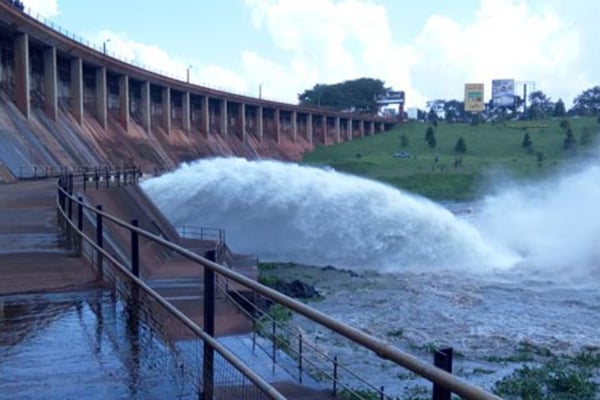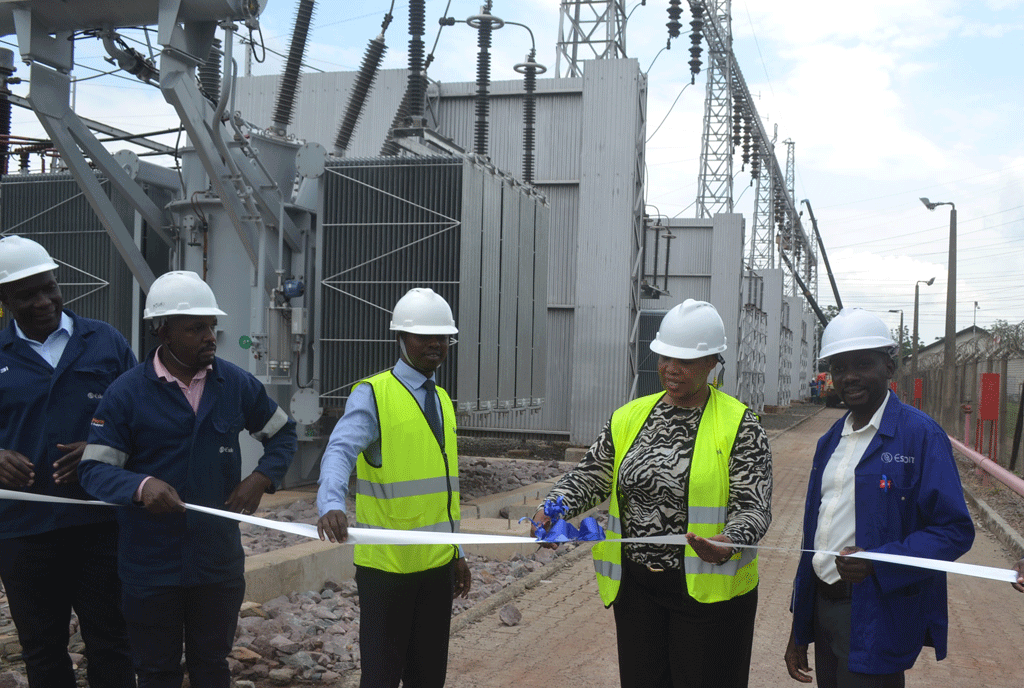Prime
Nalubaale dam lifespan extended by 30 years

UEGCL is expected to repossess Nalubaale hydro-power station from Eskom next year in March. Photo / File
What you need to know:
- A transition is underway for Uganda Electricity Generation Company Limited to repossess Nalubaale hydro-power station from Eskom when its 20-year concession runs out next year in March.
Energy Minister Ruth Nankabirwa has said a “smooth transition” is underway for Uganda Electricity Generation Company Limited (UEGCL) to repossess the Nalubaale hydro-power station from Eskom when its 20-year concession runs out next year in March.
Ms Nankabirwa, who was speaking yesterday at the launch of the Uganda Committee On Large Dams, also revealed that several defective parts of the dam have been rehabilitated to extend its lifespan by another 30 years, after which decommissioning of the plant will be conceived.
The takeover of Nalubaale is part of the second generation electricity sub-sector reforms borne out of the Electricity (amendment) Act 2022, through which government is also nursing the idea of not renewing Umeme’s concession on the distribution side.
The plan is to re-merge UEGCL, Uganda Electricity Transmission Company Limited, and Uganda Electricity Distribution Company Limited (UEDCL) into a limited liability company to have a private approach to business in manning the country’s power sector
Nalubaale dam, formerly known as Owen Falls dam, is one of legacy projects of the British colonial administration commissioned 68 years ago.
The dam was designed to have 10 turbines but when electricity generation started in 1954 only four turbines were operational.
The 150 megawatt dam remained Uganda’s only hydro-power station until 1993 when construction of the 200 megawatt Kiira hydro-power station commenced and completed in 2003.
Since then more dams including Bujagali, Nyagak, Isimba, and Karuma have been built, bringing the country’s generation capacity to 2,000 megawatt (after Karuma is commissioned early next year).
“With all these dams in place it is now important that we step up our emergency preparedness plan,” Ms Nankabirwa said of Uganda Committee On Large Dams, the national working group of the International Commission On Large Dams, a global non-government organisation for exchange of knowledge on dam management
Mr Harrison Mutikanga, the UEGCL chief executive officer, said Uganda was admitted to International Commission On Large Dams in 2019 but creation of a local working group, comprising of Ministry of Water and private hydro-power dam operators, was deferred due to Covid-19.
The launch of Uganda Committee On Large Dams also coincided with the launch of the Emergency Preparedness and Disaster Management Response Plan for Dams, a blue print for disaster risk reduction and management in dealing with any case of dam failure.
While Uganda has never experienced any dam failure such as burst or over flooding, such accidents have left a heavy human toll and a trail of destruction elsewhere.
Dams often fail due to structural deficiencies in design or by external events that trigger conditions that exceed dam capabilities, and disaster risk management plans help to mitigate any probable impacts.
With the government mulling construction of more dams including Ayago-840 megawatts, Oriang-392 megawatts, and Kiba-398 megawatt, Ms Nankabirwa said: “Damn safety must be part and parcel of the debates that we must focus on a lot.”




